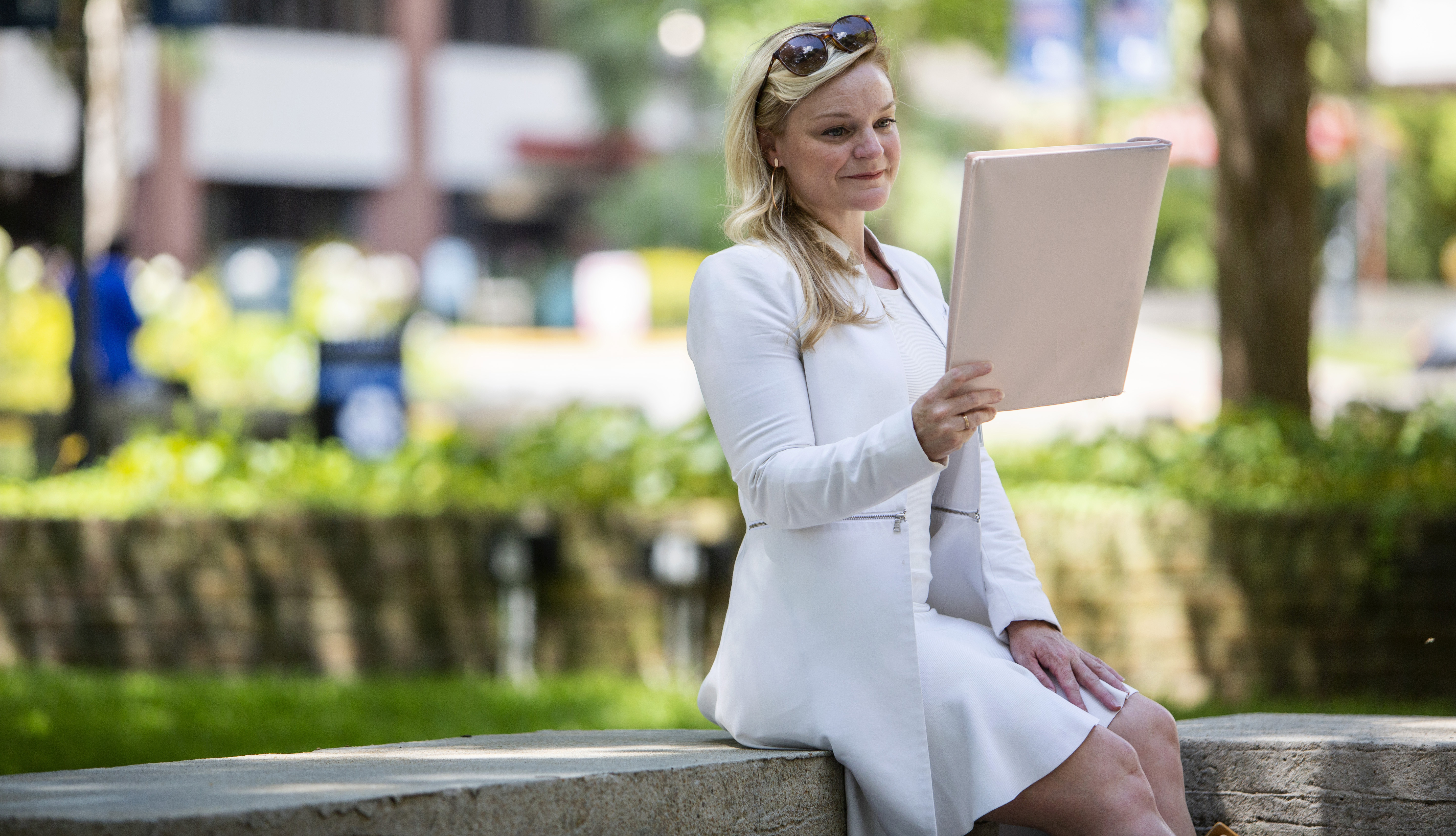AARP Hearing Center

As the coronavirus hit South Carolina in March, Jason Leonard, M.D., had to pivot quickly. His patients still needed care, so Leonard’s primary care practice, Colonial Healthcare, turned to telemedicine.
The use of telehealth—working with patients remotely using video, patient portals or texting—worked well during weeks of stay-at-home restrictions.
But now, Leonard wonders how his Midlands-area practice will afford this shift online in the future. Insurance companies typically pay 80 percent of the regular rate for a telehealth visit, Leonard said, and Medicare has been resistant to telemedicine.
During the pandemic both Medicare and private insurance relaxed their telehealth restrictions, opting to cover those visits. The question now is whether insurers will revert to their previous rules.
“Once you open that door, it’s hard to close,” Leonard said.
James McElligott, M.D., executive medical director for the Medical University of South Carolina Center for Telehealth (MUSC) in Charleston, said it shouldn’t matter where the patient is located but what kind of care is delivered.
MUSC maximized its telehealth tools for COVID-19, seeing thousands of patients each day. Practicioners screened people for the virus and monitored those who tested positive but weren’t admitted to the hospital.
Access still a barrier
MUSC is part of the South Carolina Telehealth Alliance, a consortium of health care systems, medical providers and state agencies advocating for more virtual medical care. According to the alliance, South Carolina providers conducted almost 435,000 telehealth interactions in 2019—a 26 percent increase from 2018. Numbers will be much higher for 2020.
Questions remain, however, about accessibility in the state. The pandemic has highlighted inequalities in health care and access to broadband internet.
“We don’t want to increase health care disparities by designing a tool that’s only accessible to some,” said Kathryn King, M.D., associate executive medical director at the MUSC Center for Telehealth. She said the health crisis and expanded telemedicine use showed the need for improved broadband service for rural areas and at-risk populations.
A 2019 assessment showed that 434,725 state residents (about 12 percent of the population) lack access to broadband service levels recommended by the Federal Communications Commission.
State Sen. Tom Davis (R-Beaufort) is backing efforts to deliver broadband internet to rural areas. He supports using $100 million from $1.9 billion in federal relief funds to supply broadband to the poorest counties.
Davis said internet access is becoming almost as essential as electricity and running water. “This is not a matter of a political argument. Everyone understands this has to be done. The question is how to do it most efficiently.”
AARP South Carolina volunteer Hank Povinelli, 72, of Fort Mill, said telehealth fits into AARP’s push for livable communities, to help people maintain their independence as they age.
“It’s up to the health care industry to recognize the value of telehealth and keep the pressure on to not go back to the way it was,” he said. “This is going to be the new normal.”
For more about telehealth, go to aarp.org/sc.
Holly Fisher is a writer living in Mt. Pleasant, S.C.
More on Telehealth































































